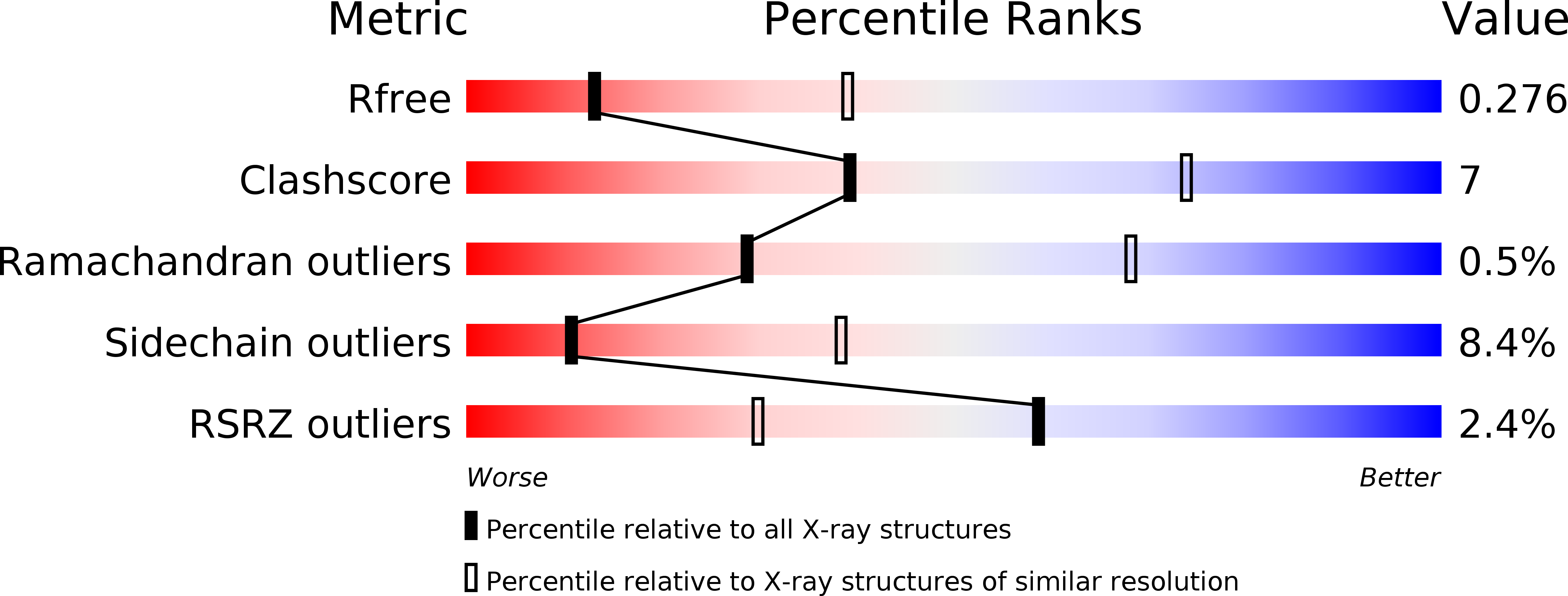
Deposition Date
2013-11-15
Release Date
2014-02-19
Last Version Date
2024-02-28
Entry Detail
PDB ID:
4NN1
Keywords:
Title:
Crystal Structure of transcriptional regulator Rv1219c of Mycobacterium tuberculosis
Biological Source:
Source Organism:
Mycobacterium tuberculosis (Taxon ID: 83332)
Host Organism:
Method Details:
Experimental Method:
Resolution:
2.99 Å
R-Value Free:
0.27
R-Value Work:
0.21
R-Value Observed:
0.21
Space Group:
I 4 3 2


